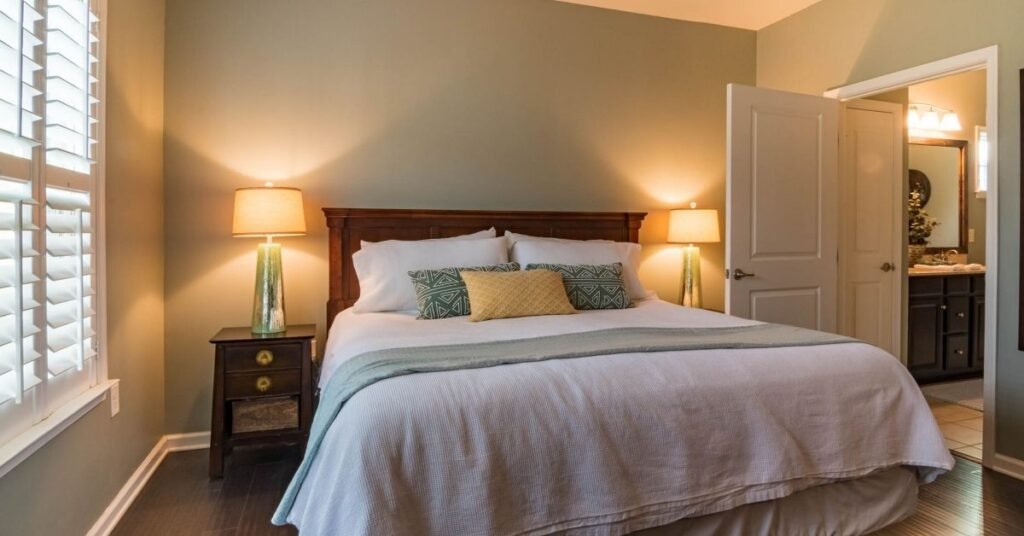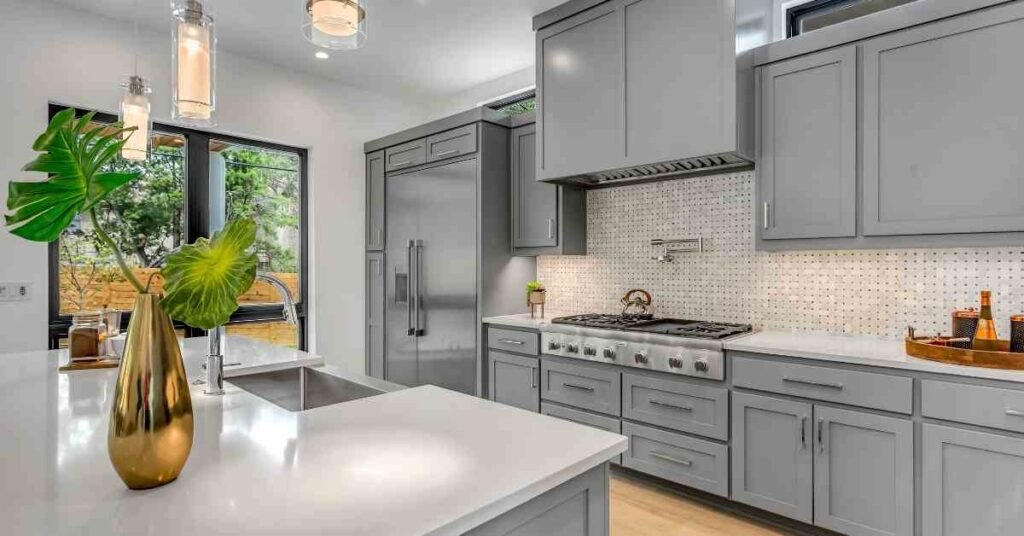Vastu Shastra is a science that is derived from Vastu Vidya. Vastu is not related to any religion, but it originates from Vedic Culture. This science has been present for thousands of years. The term is derived from the Sanskrit word, where Vastu means life and Shastra means knowledge. The whole scientific concept is based on positioning and using two aspects, five nature’s elements, and four directions. The interplay of these aspects is what defines Vastu Shastra. Brihat Samhita, written by ancient Indian astronomer, astrologer, and polymath- Varahamihira, is the first textual context, dated about the 6th century, has a description.
This scientific field educates individuals on how to live in harmony with nature. Apart from nature’s elements and directions, science also considers gravitational force, magnetic field, wind, and moonlight. Vastu Shastra is also used in building houses, work-space, temples, and cities. Jaipur, one of the famous tourist places in India, is planned according to Vastu Shastra. Unfortunately, Vastu Shastra was less or not considered during British rule in India. But the traditional Hindu homes in India are still made considering Vastu Shastra.
The whole concept regulates the energy forces which make a house to home. The best thing is it doesn’t state any rigid implementation system and has concepts-theories that holistically cover aspects of almost every house construction style. Also, it influences every aspect of one’s life, such as health, wealth, and other parts of productive family life.
If you are new to Vastu Shastra and want to learn about it and become an expert, join our Vastu Shastra Course. Under the Vastu Shastra Course, you will learn about Commercial Vastu, Home Vastu, Symptoms of Energy & Vastu Defects, etc. You will also earn a certificate after the course completion. The Vastu Shastra Course is available both online and offline. Now, let’s come back to our topic.
The home has different parts or sections; each requires other strategic locations. So in this article, we will see some Vastu Tips for Home.
Vastu Shastra for Home
1. Vastu Shastra for Home Entrance

The home entrance is not just a point of getting inside the home, but it determines its energy. According to Vastu, the most favorable direction of the entrance is the north, east, and northeast. In the case of a ready-to-move-in house, there can be chances where the direction of the entrance is not appropriate. In that case, you can change the direction of the entrance. Consider constructing the front entrance door with high-quality wood and superior to other home doors. You can use a well-designed name-plate and tooran as decorative items only for the entrance.
2. Vastu Shastra for Drawing Room
It’s a space mostly spent with the guests. To foster positive energy, try to decorate it in the best possible manner. Also, try to construct a drawing-room in directions such as north-east and northwest locations. These locations infuse positive energy and fill positive vibrance.
Read More: Best Vastu Tips for Business Growth
3. Vastu Shastra Living Room
Living Room is the house’s location that is mostly used in the house. The living room should be clutter-free as it leaves the first impression in the minds of guests or outsiders. The furniture in the living room should be kept in either west or southwest direction. Additionally, try to install the electrical appliances in the southeast direction of the room. Also, try to place furniture in the west or southwest direction.
4. Vastu Shastra for Pooja Room or Spiritual Room
Pooja Room is one of the most important rooms of the home as it’s an auspicious place where you do your daily prayers. Try to build Pooja room in the north, east, or north-east direction, and while praying, individuals should face towards the east/ north direction. Try not to store too many items in the pooja room. Calming colors such as white, beige, yellow, or green stand out as great options for the room. You can decorate the Pooja Room with diya, incense, and flowers.
5. Vastu Shastra for Bedroom

The bedroom is where one rest; a happy and harmonious space aura is recommended. The room facing the southwest direction is mainly preferred. Try to place the bed in the direction such that the headrest is towards the south or east direction. Please don’t place any mirror in the bedroom area, as its reflection is unhealthy for sleeping. Use warm and calm colors which promote peace, stability, and ambition, such as orange, pink, white, green, and brown on walls.
6. Vastu Shastra for Children’s Room
Since this space is specially for the little ones, try to establish a good aura. Fill the room with warmth, happiness, love, and energy. Like the other bedroom, there should be no mirror near the bed. Place the bookshelves in the northeast direction.
7. Vastu Tips for Kitchen

The direction of the kitchen should be southeast. Shades of light colors, such as yellow, pink, peach, or brown, are the best options to use. Place kitchen components such as gas burner, wash-basin, grain-jars in southeast, northeast, and south/ west directions, respectively. Use natural stones, such as granite or quartz to feel grounded with the mother earth.
Read More: How to Learn Vastu Shastra
8. Vastu Tips for Bathroom
It’s a space that is least bothered by most households, but poor maintenance can attract negative energies. The ideal location for it is northwest. The shower and wash-basins should be east, north, or northeast inside the bathroom space.
9. Vastu Tips for Courtyard
The courtyard is one of the cosmic centres of home. People have considered the courtyard as a unique location since ancient Indian architecture. According to Vastu Shastra, the courtyard is Brahmasthan, where Lord Brahma resides or comes frequently. Ensure that the courtyard is clutter-free and does not have any obstruction build-up in the area.
Other Vastu Shastra Tips for Home
- The most preferred direction of the house is east, north or northeast.
- Build the rooms in either square or rectangular patterns.
- Try to place the overhead tank in either west or southwest directions.
- There should be proper ventilation in the house to facilitate positive energy flow.
- An essential part of the home drainage system, the septic tank should be located only in the northwest direction. It should not touch the compound wall.
- A home should have proper ventilation: exhaust fans and a ventilator to make way for proper ventilation and sunlight.
- According to the Hindu calendar, the appropriate time to move to a new house be decided by the knowledgeable priest, and at the time of moving, hawan is performed.
In Vastu Shastra, home is considered to be a living soul. Each living space aims to have an appropriate energy space consisting of earthy elements and directional aspects. It is assumed that home energy influences individuals’ mental states. The home represents the personal habits that family members have and their thought processes. Buddhists also believe in theories and practices, apart from the Hindu inclination towards Vastu Shastra. This science has been incorporated in making city buildings, townships, roads, parks & gardens, waterworks, and other public areas.
Before moving into a new house, one must ensure that their home fulfills Vastu’s guideline, which is a path to bring prosperity and happiness. It can make a difference in one’s family life.
One response to “Vastu Shastra for Home | Vastu Tips for Color, Entrance, Direction of Home”
Recent blog
Course
- Unlocking Life Path Number 8: Power, Compatibility, Marriage, and Spirituality
- Unveiling the Secrets of Numerology Number 2: Life Path, Marriage, Career, and Empowerment
- Unlocking Your Destiny: Understanding Life Path Number with a Calculator
- Unlock Your Destiny: Numerology Birth Date Calculator Guide
- Understanding Numerology Numbers: Calculations, Meanings, and Applications






[…] Must Read: Vastu Shastra for Home | Vastu Tips for Color, Entrance, Direction of Home […]